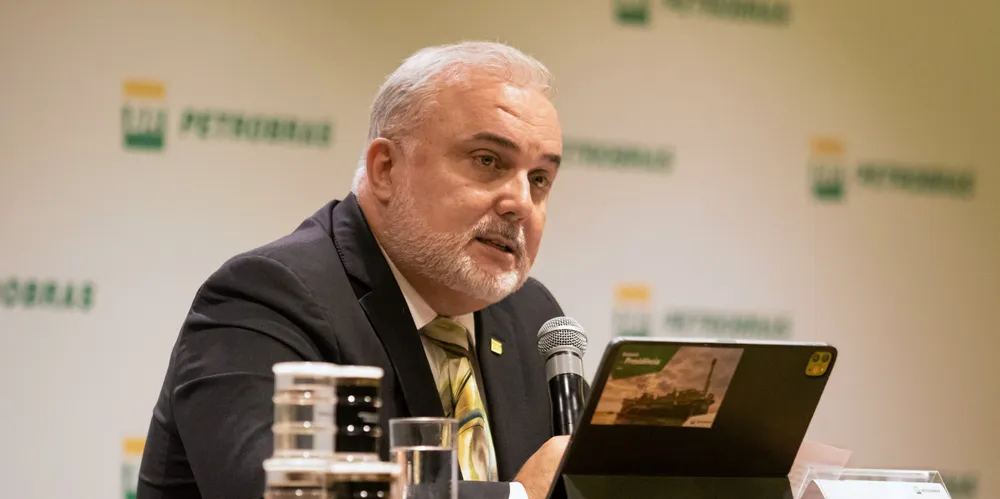Petrobras starts floating wind studies on Brazil's biggest deepwater oilfields
Analysis will provide data to support potential projects to help reduce emissions on the Buzios and Mero fields

Brazilian oil giant Petrobras has started a series of offshore wind measurements in the vicinity of two of its biggest oilfields to study the potential for floating wind projects aimed at reducing emissions.
The studies, which are being carried out in conjunction with oilfield project partners Shell, TotalEnergies, China National Petroleum Corporation and China National Offshore Oil Corporation (CNOOC), are focused on the Mero and Libra fields, both located at water depths extending beyond 2,000 metres.
According to Petrobras, the partners will aim to develop new research technologies and methodologies for wind analysis, as well as assess the technical feasibility of installing wind facilities in the area.
Initial data collection will begin in Buzios and later this year will extend to Mero, the oil giant said.
The goal is to evaluate potential integration between offshore wind systems and production from what are known as the pre-salt fields, in a reference to the geological history of oil and gas reservoirs buried below a vast deposit of salt.
The project aims to develop scientific advancements in wind modelling and data measurement methodology to reduce uncertainties and risks for the implementation of floating wind facilities in ultra-deep waters.
The findings will be used to evaluate the implementation of floating wind turbines associated with oil and gas production systems in the area.
“This is another initiative aimed at developing knowledge and expertise in the offshore wind segment, which holds great potential in Brazil,” said Petrobras CEO Jean Paul Prates.
“Projects like this can pave the way for us to move forward in the decarbonisation of our activities, in line with our business plan,” said Petrobras energy transition and sustainability director Mauricio Tolmasquim.
Petrobras installed a first wind measurement station on board the P-75, one of several giant floating production units for producing oil and gas from the Buzios field and another sensor will be installed in a Mero floating production unit later this year.
The technology consists of a remote sensing measurement system using light detection and ranging. The data will be collected and transmitted directly for analysis.
China first
CNOOC is already involved in a project where floating wind is being used to reduce emissions generated by offshore oil production. In May 2023, the company commissioned the Haiyou Guanlan deepwater floating wind farm, located in the Beibu Gulf of the South China Sea.
Located 136km from Wenchang in Hainan province, the floater with its 7.25MW Mingyang turbine, is 200 metres high with a total draft of 11,000 tonnes.
Wind ambitions
In a past position as an energy secretary in the Brazilian state of Rio Grande do Norte, Petrobras boss Prates played a key part in developing onshore wind power in that region.
Under his leadership, Petrobras has signalled that it will invest in offshore wind, albeit while also increasing its upstream budget for oil and gas, including an ambitious expansion of new exploration activity off Brazil's northern coast.